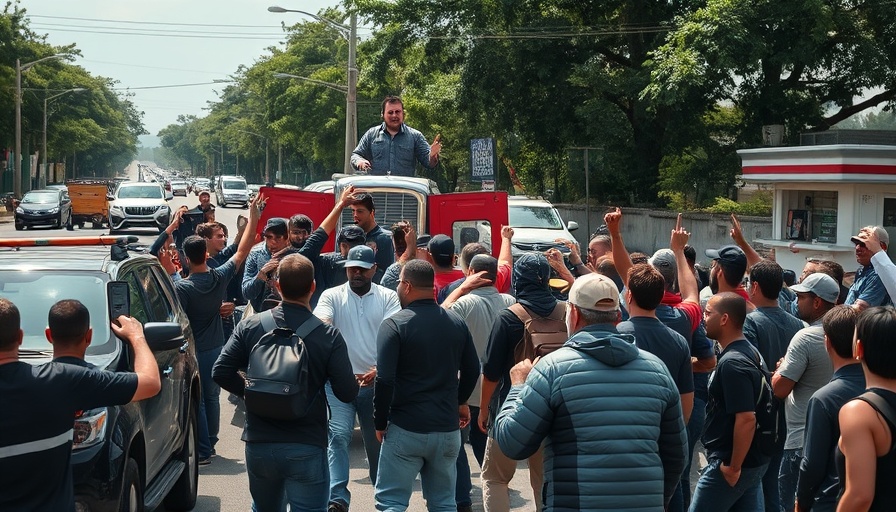
Understanding the Deployment of National Guard Troops in Los Angeles
The deployment of National Guard troops to Los Angeles during recent protests has attracted significant attention and concern from various quarters. As cities across America responded to waves of protests advocating for social justice and responding to police violence, President Trump's decision to deploy the National Guard raised a multitude of questions regarding public safety, civil rights, and the political landscape.
The Context Behind the Decision
In light of escalating protests in the wake of George Floyd's death, President Trump's order for National Guardsmen aimed to address what was perceived as a worsening situation in urban areas. Local officials expressed a mixture of support for additional manpower to quell unrest and concerns about the potential ramifications for community relations and civil liberties.
The National Guard, distinct from the regular military, often plays a vital role in disaster response and law enforcement assistance during emergencies, but its presence at protests can also evoke fears of militarization in policing. Many community members advocate for solutions that focus on reforming police practices over deploying troops, indicating a growing tension about how violence is addressed in a society striving for more peaceful resolutions.
The Local Impact: Voices from The Community
Los Angeles residents have expressed a variety of perspectives regarding the National Guard's presence. Some view it as a necessary measure for restoring order amid fear and unrest, while others see it as an infringement on their rights as citizens. Anecdotes from community members demonstrate the division: while some residents felt safer with the extra troops on the streets, others reported feeling an increased sense of alarm, recalling experiences where military presence was associated with oppression and fear.
Future Predictions: The Role of the National Guard in Protests
As the nation grapples with ongoing protests and calls for reform, the role of the National Guard may evolve. There is potential for increased scrutiny regarding the manner in which force is utilized and a push for training that emphasizes community engagement over militaristic tactics. It’s crucial for local and state officials to prioritize open dialogues with community members about their needs and what constitutes safety in the context of protests.
Counterarguments: Balancing Safety and Civil Liberties
The decision to use National Guardsmen raises important counterarguments concerning the balance between public safety and civil liberties. Critics argue that military presence can exacerbate tensions, contributing to the feelings of distrust toward law enforcement. An insightful perspective highlights that effective communication and transparency about police operations might result in stronger community relations, potentially reducing the need for military support in the future.
Embracing Conversations for Change
As communities across the U.S. continue to navigate the complexities of protest dynamics, dialogue is paramount. Initiatives that bring together law enforcement, community leaders, and residents are necessary to create pathways toward understanding and reform. Conversations surrounding the issues at hand can inspire actionable changes that address the root causes of unrest instead of relying solely on force.
Ultimately, reflecting on history, engaging with community sentiments, and focusing on reform is crucial for creating a safer and more equitable society. The presence of the National Guard during protests reminds us of the importance of unity, compassion, and proactive measures that favor community healing over confrontation.
 Add Row
Add Row  Add
Add 




Write A Comment